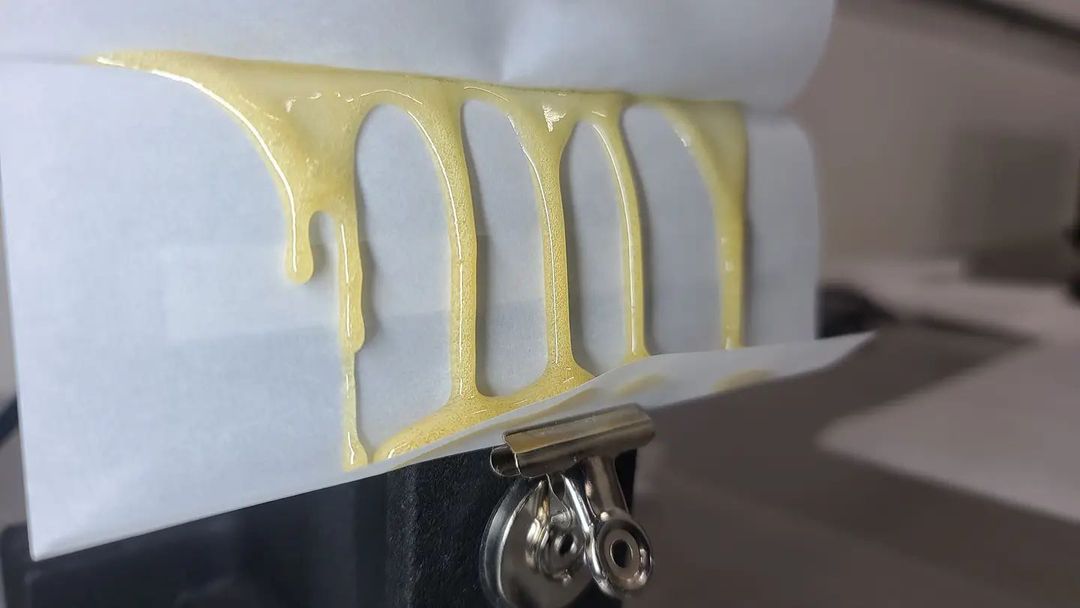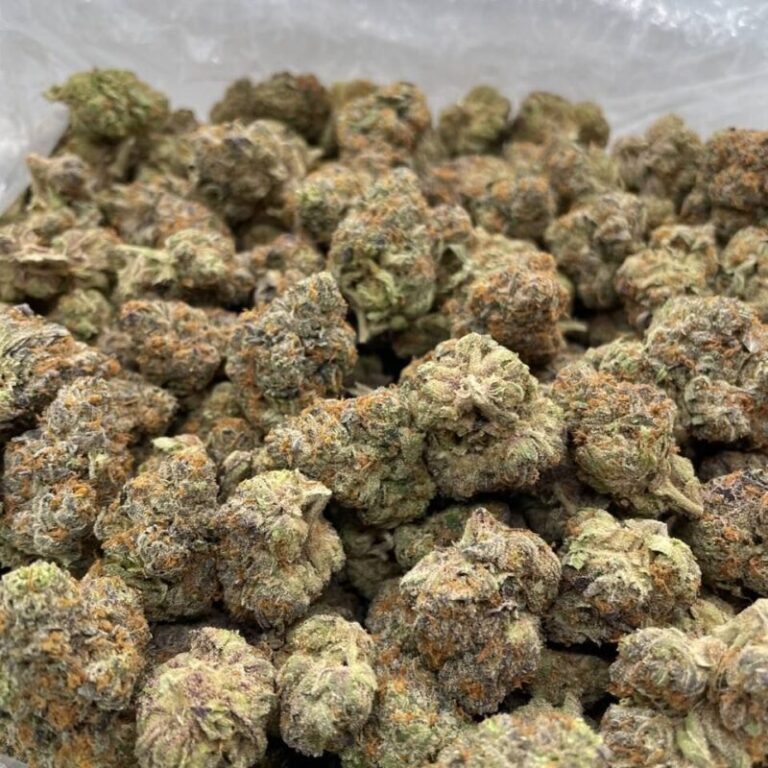How to make rosin: 5 Essential Tips for Success
How to make rosin is a question many cannabis enthusiasts like Alex, a 30-year-old from California, often find themselves asking. The process is simpler than you might expect and offers an exciting way to make solventless cannabis concentrates right from the comfort of your home. Here’s a quick answer to get you started:
- Heat and pressure are key: These are the two main components you need to produce rosin.
- Tools: A hair straightener or a rosin press.
- Materials: High-quality cannabis flowers or kief.
- Method: Apply heat and pressure to squeeze out the rosin.
For those who desire high-quality, reliable cannabis concentrates, rosin offers a solventless extraction method that focuses on preserving the purity and flavor of the plant. Unlike concentrates that require chemicals, rosin only uses heat and pressure to extract the essential oils, making it a safer option for your wellness lifestyle. This process results in a product that’s not only potent but also rich in flavor—a perfect match for someone like Alex, who values consistency and quality.
Whether you’re dabbling with DIY methods using a hair straightener or opting for a professional rosin press, mastering the art of solventless extraction can open new doors to enjoying cannabis in its purest form. Keep reading to explore the nuances of each method and learn how to perfect your approach to crafting this beloved concentrate.

What is Rosin?
Rosin is a cannabis concentrate that’s gaining popularity for its purity and flavor. Unlike other concentrates that use solvents, rosin is produced using just heat and pressure. This makes it a safer and more natural option for cannabis enthusiasts.
The Basics of Rosin
At its core, rosin is all about extracting the trichomes from the cannabis plant. Trichomes are the tiny, sticky crystals that cover the buds and leaves of the plant. They’re packed with cannabinoids and terpenes, which are responsible for the plant’s effects and aroma.
When you apply heat and pressure to cannabis, the trichomes burst, releasing a sticky, golden sap—this is the rosin. The process is simple yet effective, preserving the plant’s natural profile without any chemical interference.
How Heat and Pressure Work Together
The magic of rosin lies in the balance between heat and pressure. Too much heat can degrade the delicate compounds in the trichomes, while too little pressure might not extract enough of the oils.
Here’s a quick look at how the two elements work together:
- Heat: Typically ranges from 170 to 220 degrees Fahrenheit. Lower temperatures preserve more terpenes, while higher temperatures might yield more rosin but at the cost of flavor.
- Pressure: Essential for squeezing out the oils. More pressure generally means more yield, but the quality of the starting material also plays a crucial role.
Why Rosin?
The appeal of rosin is its simplicity and purity. It’s a concentrate that retains the full-spectrum benefits of the cannabis plant, offering a potent and flavorful experience. Whether you’re using a hair straightener for a quick DIY method or a specialized rosin press for more control, the process is accessible and rewarding.
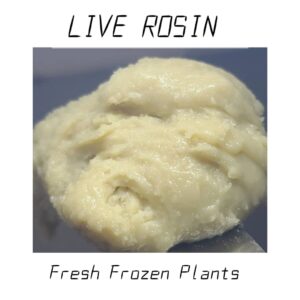
For those looking to explore cannabis concentrates, rosin provides a straightforward and satisfying option. It’s a method that respects the plant’s natural properties, making it a favorite among enthusiasts who prioritize quality and safety.
Next, we’ll dig into the specifics of how to make rosin, exploring both budget-friendly and high-tech methods to suit your needs.
How to Make Rosin
Making rosin at home can be both fun and rewarding. Whether you’re using a hair straightener or a dedicated rosin press, both methods have their own charm and challenges. Let’s explore each method step by step.
Making Rosin with a Hair Straightener
If you’re new to making rosin and want a low-budget method, using a hair straightener is a great place to start. This approach is simple and requires minimal equipment.
What You’ll Need:
- A hair straightener (preferably with a digital temperature display)
- Parchment paper
- Cannabis (at least 1 gram)
- A pollen press (optional, but helpful)
- Rosin pouches (for pressing hash or kief)
- A scraping tool
Steps:
- Prepare Your Material: Start by packing your cannabis into a small, compact shape. You can use a pollen press to help with this.
- Heat the Hair Straightener: Set your hair straightener to around 200°F. If it doesn’t have a temperature display, start at a low setting and adjust as needed.
- Press: Place your cannabis between folded parchment paper and then between the plates of the hair straightener. Apply firm pressure for about 20 seconds.
- Collect the Rosin: Once you see the rosin flow out, carefully remove the parchment paper and use a scraping tool to collect it.
Pros and Cons:
- Pros: Budget-friendly, easy to start.
- Cons: Smaller yield, less control over temperature and pressure.
Making Rosin with a Rosin Press
For those looking to produce higher quality rosin, a rosin press offers more precision and control. These presses come in two main types: manual and hydraulic.
What You’ll Need:
- A rosin press (manual or hydraulic)
- Parchment paper
- Cannabis (flower, kief, or hash)
- Rosin pouches (160μm for flower, 25μm for kief or hash)
- A scraping tool
Steps:
- Prepare Your Material: Remove any stems and pack your material into a rosin pouch. Use a pre-press if available to compact the material evenly.
- Set the Temperature: For flower, set your press between 190-220°F. Adjust based on your material type and desired flavor.
- Press: Place the pouch between folded parchment paper and into the press. Apply pressure—4,000 PSI for flower is a good starting point—and hold for 15-60 seconds.
- Collect the Rosin: Release the pressure and carefully open the parchment paper. Use a scraping tool to collect the rosin.
Pros and Cons:
- Pros: Better yield, more control over temperature and pressure.
- Cons: Higher initial cost, more equipment needed.
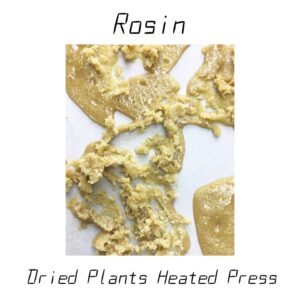
Starting Material Matters
The quality of your starting material significantly impacts the yield and quality of your rosin. Fresh, high-quality cannabis with a good amount of trichomes will produce the best results. Whether you’re using dried flower or kief, choose material that is rich in cannabinoids and terpenes.
By mastering these methods, you can enjoy the full-spectrum benefits of cannabis concentrates right from your home. Next, we’ll explore the different types of rosin and what makes each unique.
Types of Rosin
When diving into rosin, it’s important to understand the different types available. Each type offers unique characteristics and benefits, depending on the starting material and extraction method used.
Hash Rosin
Hash rosin is crafted from bubble hash, which is a concentrate made by separating the trichomes from cannabis using ice water and agitation. This method captures the pure essence of the plant, resulting in a potent and flavorful rosin. Hash rosin is highly prized for its purity and strength, often containing higher levels of cannabinoids and terpenes compared to flower rosin.
Live Hash Rosin
Live hash rosin takes things a step further by using fresh frozen cannabis to make the bubble hash. This process preserves the plant’s terpene profile, offering a richer aroma and flavor. Live hash rosin is known for its vibrant taste and is often considered the pinnacle of rosin products. It’s a favorite among connoisseurs who seek a full-spectrum experience.
Kief Rosin
Kief rosin is made from kief, the powdery trichomes that fall off cannabis flowers during handling. While not as potent as hash rosin, kief rosin still offers a strong and flavorful experience. It’s a popular choice for those looking to use every part of their cannabis. Kief rosin is generally easier to produce than hash rosin, making it a great option for home extractors.
Flower Rosin
Flower rosin is produced by pressing dried and cured cannabis buds. This type of rosin is more accessible for beginners and home enthusiasts, as it requires minimal processing of the starting material. While flower rosin may not be as potent as hash or live hash rosin, it still delivers a robust flavor and effect, making it a versatile option for various uses.
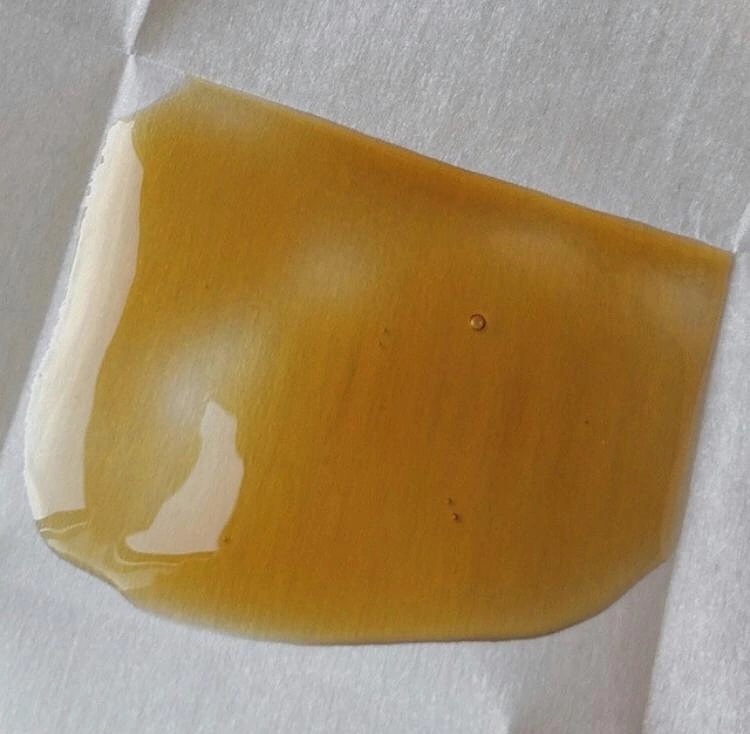
Understanding these types of rosin allows you to choose the best option for your needs and preferences. Whether you’re seeking the pure potency of hash rosin or the convenience of flower rosin, there’s something for every cannabis enthusiast.
Next, let’s explore the factors that can affect your rosin yield and how to optimize your extraction process.
Factors Affecting Rosin Yield
When it comes to making rosin, several key factors can influence how much product you get from your cannabis. Understanding these factors can help you optimize your process and get the most out of your material.
Strain
The cannabis strain you choose plays a huge role in determining your rosin yield. Some strains are naturally rich in trichomes, the tiny crystals that contain cannabinoids and terpenes, and will produce more rosin. Sour strains like Sour Kush and Sour Krypt are known to yield well when pressed into rosin. Different strains can also affect the flavor and potency of the final product, so experimenting with various strains can be beneficial.
Pressure
The amount of pressure applied during the extraction process is crucial. More pressure generally means more rosin. However, too much pressure can cause plant material to mix with the rosin, affecting its quality. Hydraulic presses are typically more effective at applying consistent pressure, yielding up to 25% return, while manual presses may yield slightly less.
Heat
Temperature is another critical factor. Lower temperatures (around 170°F) preserve more terpenes, resulting in a higher-quality product, but the yield might be lower. Higher temperatures can increase yield but may degrade some of the terpenes and cannabinoids, reducing the quality. Finding the right balance between heat and pressure is key to maximizing both yield and quality.
Moisture
Proper moisture content in your cannabis is essential for a successful rosin extraction. Buds that are too dry can absorb the rosin, reducing your yield. Ideally, cannabis should be at a relative humidity of 58-62% to ensure the best results. This level of moisture helps the rosin flow out more easily during pressing.
Age
The age of your cannabis can also impact rosin yield. Fresher cannabis tends to produce more rosin, possibly due to higher moisture content and fresher trichomes. As cannabis ages, the trichomes may become more brittle, potentially leading to a lower yield. Testing different ages of cannabis can help you determine what works best for your extraction process.
By paying attention to these factors—strain, pressure, heat, moisture, and age—you can improve your rosin-making skills and achieve better yields. Experimenting with these variables will also allow you to tailor the process to your specific preferences for quality and flavor.
Frequently Asked Questions about How to Make Rosin
Can you make homemade rosin?
Absolutely! Making rosin at home is possible and can be done using a few different methods. The most budget-friendly way is with a hair straightener. This method involves placing your cannabis between parchment paper and pressing it with a heated hair straightener. It’s simple but yields a smaller amount, typically around 5-10% depending on the quality of your starting material.
For those looking to get more serious about their rosin production, investing in a manual press is a great option. These presses provide more pressure and control over the process, resulting in a higher yield compared to a hair straightener. With a manual press, you can expect a return of around 8-17% of your starting material.
Is making rosin illegal?
The legality of making rosin depends on where you live. In many places, cannabis processing, including making rosin, is legal for personal use if you are of legal age and comply with local laws. However, it’s crucial to understand your state’s specific regulations. Some states may have restrictions on the amount of cannabis you can process at home or require a license for larger operations.
Always check your local laws to ensure you are compliant. Making rosin is generally considered a safer method of cannabis processing because it doesn’t involve solvents, but legal considerations still apply.
How much flower to make 1g rosin?
The amount of flower needed to produce 1 gram of rosin can vary widely based on several factors, including the cannabis strain, the quality of the flower, and the extraction method used. Typically, when using high-quality cannabis and a good rosin press, you can expect yields ranging from 10-30% for dry flower. This means you might need anywhere from 3.3 to 10 grams of flower to produce 1 gram of rosin.
The cannabinoid and terpene content of the flower also plays a role. Strains high in these compounds generally yield more rosin. Experimenting with different strains and adjusting factors like pressure and heat can help optimize your yield.

Understanding these aspects can help you better plan your rosin-making sessions and make the most of your cannabis,How to make rosin you can make your own live resin at home.
Conclusion
At Rosin Hitters, we’re passionate about bringing you the best in solventless extraction. Our mission is to provide flavorful extracts that are both pure and potent, without the use of chemical solvents. This commitment to quality and safety sets us apart in the cannabis industry.
Our advanced rosin press technology ensures that each extract maintains its integrity, delivering a clean and enjoyable experience. Whether you’re a personal enthusiast or a commercial operator, our products offer a reliable and satisfying solution for all your cannabis concentrate needs.
We believe in the power of solventless methods to open up the full potential of cannabis. By focusing on purity and flavor, we deliver a product that truly stands out. If you’re interested in exploring solventless cannabis concentrates, we invite you to find our live rosin products and experience the difference for yourself.
Thank you for joining us on this journey from flower to rosin. We hope this guide has inspired you to master the art of solventless extraction and enjoy the rich, flavorful results it can bring.

